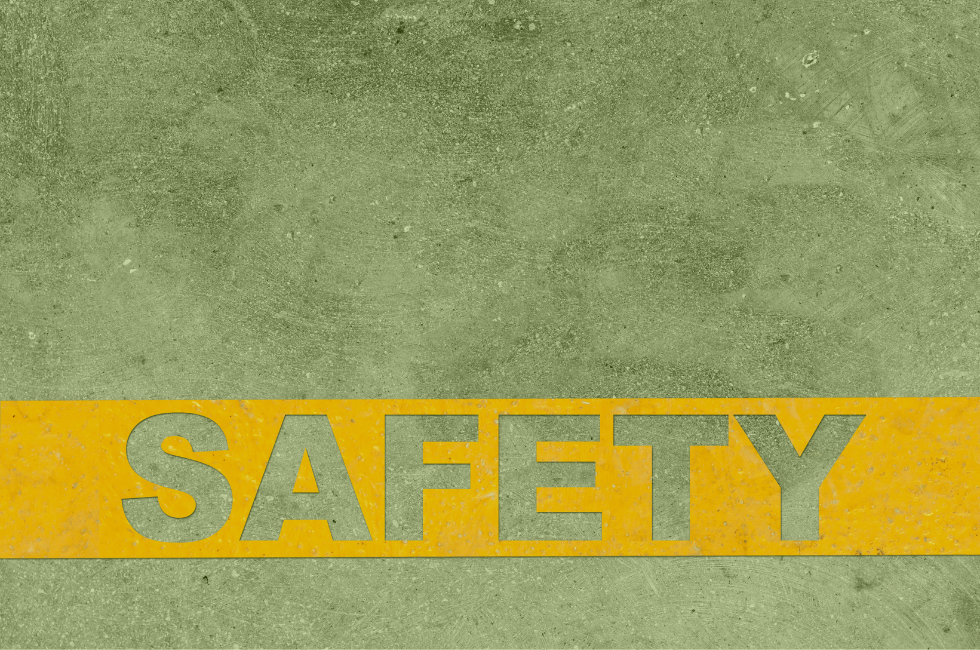The construction industry is no stranger to regulatory changes, but few have been as impactful and far-reaching as the Building Safety Act 2022. As we progress through 2024, the Act’s significance continues to grow, reshaping the landscape of building safety and compliance across the UK. This blog explores why the Building Safety Act remains a critical focus in 2024 and how it is influencing the construction industry right now.
2024: A Year of Full Implementation and Compliance
One of the most significant aspects of the Building Safety Act is its phased implementation. While the Act was passed in 2022, many of its provisions are only now coming into full effect. In 2024, key deadlines are being met, and the industry is seeing the real impact of the legislation:
- Building Safety Regulator (BSR): The BSR, established under the Act, is now fully operational and taking an active role in overseeing the safety of high-rise residential buildings. This year marks the first in which the Regulator’s full enforcement powers are being exercised, making it a critical time for building owners and developers to ensure compliance.
- Golden Thread of Information: The requirement to maintain a “Golden Thread” of digital safety information throughout a building’s lifecycle is now in force. This has pushed companies to invest in digital record-keeping and data management systems, ensuring that all safety-related information is accurate, up-to-date, and easily accessible.
- Safety Case Reports: By 2024, high-rise buildings must have completed and submitted their Safety Case reports. These reports are comprehensive assessments of a building’s safety risks and the measures in place to manage them. For many buildings, this process has been challenging, requiring thorough inspections and potential retrofitting to meet new standards.
Increased Accountability and Enforcement
2024 is also seeing a heightened focus on accountability within the construction industry:
- Extended Liability Periods: The Act extended the period during which claims can be made against developers for defective work from 6 years to 15 years. This extension, now fully applicable, has led to an increase in litigation as homeowners and leaseholders seek to address past construction defects. This development is forcing construction firms to review past projects and ensure they meet the current standards, significantly impacting how future projects are planned and executed.
- New Roles and Responsibilities: The Act introduced new mandatory roles, such as the Accountable Person and Building Safety Manager, specifically for managing the safety of high-rise buildings. By 2024, these roles are not only established but are being scrutinised by the Regulator to ensure that the responsibilities are being effectively fulfilled. This focus on individual accountability is reshaping the management structures within property companies and construction firms.
Ongoing Response to Grenfell and Public Safety
The tragic Grenfell Tower fire in 2017 was the catalyst for the Building Safety Act, and its legacy continues to influence the Act’s implementation in 2024. Public and governmental pressure to ensure such a disaster never happens again remains high, and the Building Safety Act is central to these efforts.
- Fire Safety and Cladding Remediation: The Act’s focus on fire safety is more critical than ever, with many buildings still undergoing cladding remediation to remove unsafe materials. In 2024, the emphasis is on completing these remediation projects and ensuring that all residential buildings meet the new fire safety standards.
Impacts on the Construction Industry and Workforce
For the construction industry, the ongoing implementation of the Building Safety Act has several implications:
- Demand for Skilled Professionals: The increased regulatory burden means there is a higher demand for professionals skilled in compliance, safety management, and quality assurance. Recruitment agencies, like yours, are playing a vital role in sourcing the right talent to help companies navigate these new challenges.
- Changing Project Dynamics: The need to meet stringent safety standards is affecting project timelines and costs. Companies are now more cautious, prioritising safety and compliance from the outset to avoid potential future liabilities.
Navigating the Future of Building Safety
As we navigate through 2024, the Building Safety Act continues to be a transformative force within the UK construction industry. Its phased implementation, increased accountability measures, and ongoing response to public safety concerns are reshaping how buildings are designed, constructed, and maintained. For construction firms, developers, and property managers, staying ahead of these changes is crucial—and for recruitment agencies, the demand for skilled workers who can meet these new challenges presents both an opportunity and a responsibility.
Staying informed and proactive is key. Whether you’re sourcing talent or managing projects, understanding the implications of the Building Safety Act in 2024 is essential for success in this evolving landscape.














